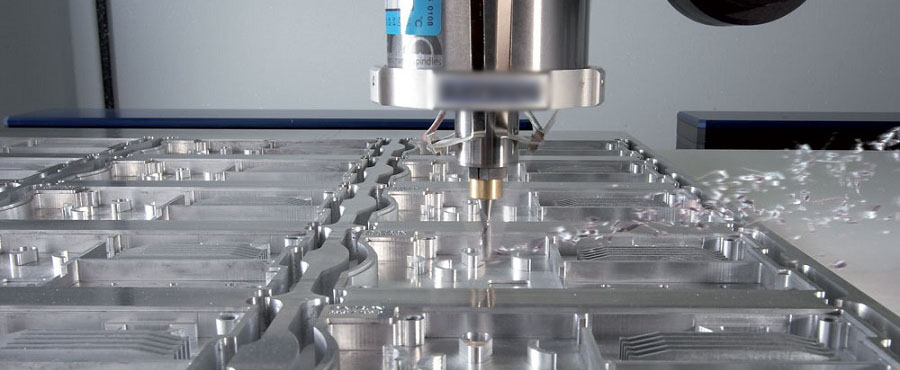The main reason for the difficulty in machining high-temperature alloys is its high hardness, high toughness and high thermal stability. During the cutting process, it is easy to cause tool wear, thermal deformation, high surface roughness and other problems, and the machining cost is high and the cycle is long. This article introduces the reasons for the difficulty in machining high-temperature alloys and solutions for your reference.
1. The Main Factors Of Machining Difficulty
High temperature strength: The strength and hardness of high-temperature alloys are high, which increases the cutting force and makes cutting difficult.
Good toughness: High-temperature alloys have good toughness, are not easy to break during cutting, and are prone to knife tumors and built-up edges, affecting the quality of the processed surface.
Good thermal stability: High-temperature alloys have good thermal stability and are not easy to produce thermal deformation during cutting, but the cutting temperature is high, which is easy to cause tool wear.
Complex chemical composition: The chemical composition of high-temperature alloys is relatively complex and contains a variety of alloying elements, which have an adverse effect on cutting performance.

2. Machining Difficulties
Compared with ordinary steel, the difficulties in cutting high-temperature alloys are mainly manifested in the following four aspects
- Large cutting force. The strength of high-temperature alloy is more than 30% higher than that of common alloy steel in steam turbine. At cutting temperature above 600℃, the strength of nickel-based high-temperature alloy is still higher than that of ordinary alloy steel. The unit cutting force of unreinforced high-temperature alloy is above 4000N/mm2, while that of ordinary alloy steel is only 2500N/mm2.
- The main components of nickel-based alloy are nickel and chromium, and a small amount of other elements such as molybdenum, tantalum, niobium, and tungsten are added. It is worth noting that tantalum, niobium, tungsten, etc. are also used as the main components of the oxidation front cone of cemented carbide (or high-speed steel). Using these oxidation front cones to process high-temperature alloys will produce diffusion wear and wear.
- The tendency of work hardening is large. For example, the hardness of the unreinforced matrix of GH4169 is about HRC37. After cutting by the metal laser cutting machine, a hardened layer of about 0.03mm is produced on the surface, and the hardness increases to about HRC47, with a hardening degree of 27%. The work hardening phenomenon seriously affects the service life of the oxidation front tap, and usually causes severe boundary wear.
- The thermal conductivity of the material is poor. The large amount of cutting heat generated when cutting high-temperature alloys is borne by the oxidized front-end tap, and the tip of the tool is subjected to a cutting temperature of up to 800~1000℃. Under the action of high temperature and large cutting force, the cutting edge will produce plastic deformation, bonding and diffusion wear.
3. Solutions To High Machining Difficulty
In order to improve cutting efficiency and quality, some measures can be taken, such as selecting appropriate tool materials and grades, optimizing cutting parameters, and using coolants. In addition, it is also necessary to prevent the generation of tool tumors and built-up edges, clean up chips and grinding chips in time, keep the tool sharp and at the correct installation angle, and regularly check and replace the tool.
In view of the various difficulties in high-temperature alloy processing, we can start from the following aspects:
- Adopt advanced material cutting technology: for example, use precision drilling technology, use high-precision double-end drills, etc.;
- Strengthen the wear monitoring of cutting tools: by monitoring the processing process, timely replace tools to reduce material and energy waste and improve processing efficiency;
- Develop new machining fluids: new machining fluids can reduce workpiece heating and tool wear, and can also improve workpiece surface quality and machining efficiency;
- Process optimization: by optimizing the processing technology, improving the physical and chemical properties of the material, and effectively reducing the difficulty of processing.
Conclusion
High-temperature alloys have a wide range of applications due to their high toughness, high thermal stability and other characteristics, but their processing difficulty is relatively large, which not only restricts their wide application, but also increases processing costs and cycles. Therefore, it is necessary to strengthen research work and find more effective processing technologies and processes to further improve the processing efficiency and quality of high-temperature alloys.



